Antara Boruah is a food photographer, hobby chef and recipe blogger specializing in Assamese cuisine. She has led Assamese popups and food festivals at Café Tilla, Just Food inn and The Square, Novotel Ahmedabad. She also participated in the Food Festival of Women Chefs by FEA.
1.Can you name some essentials for an Assamese pantry?
Xaak, the term of various leafy greens in Assam, includes different green leaft vegetables that may be cultivated, grown in gardens, or even collected from waterways, wetlands and forests. Xaak may be used a vegetable in itself, stir-fried with spices, or added to meat or fish dishes. Plain rice is a staple as it is in most eastern states of India. Ground and sieved rice powder is also used to make sweets called pitha.
Assamese meals always include a sour dish. Ou Tenga, elephant apple is often used to attain the sourness of these dishes called Tenga. Lemon, tomatoes, dhekia herbs, fermented bamboo shoot or hog plum called Amora may also be used to achieve the distinctive `tenga’ flavour. .
Pitika is a preparation of mashed vegetables like eggplant, tomato or potato, or fish, typically cooked on coal with salt, coriander and chili.
An astringent dish called Khar is a stew prepared using soda produced from charred banana stem crushed into ashes, and allowed to percolate with water.
Thus, Assamese food has sweet, sour, salty, bitter, pungent and astringent flavours.
Assamese people have a preference for non-vegetarian food. We love fish. Many of us have fish daily, getting it fresh from the pond or waterways. We also eat duck. In some parts of Assam like where I belong in Upper Assam, pork is one of the favourites. Chicken is widely available.
2. What was it like to move out of the comfort of home to prepare for a popup or food festival?
Each of the festivals is always exciting and at the same time a little daunting when you prepare for an event where you could be the main driver of its success or failure. The learning has been tremendous in each festival. Each establishment will have its own modus operandi and you have to adapt to it for the success of the event. In other words, one has to be flexible and receptive to suggestions and recommendations to be able to achieve teamwork.
A hotel kitchen is huge, where you have a team to lead and make sure everything goes well with so many things happening simultaneously.
3. Do you think such festivals benefit home chefs?
No matter how talented you are, a home chef always needs a platform to showcase his or her potential, and food festivals are a great way to achieve this.
4. What would you like to serve at the next food festival?
I have highlighted the authentic Assamese delicacies that you would find in households of various communities of Assam at my festivals.
The next time, I am planning on showcasing popular dishes outside of home kitchens like those available at eateries and dhabas or catered for special events.
For example, the winter delights of famous eateries from different corners of Assam, such as Mati Dal Tadka from Subansiri, Aloo Torkari from Bukaghat, Cotton College’s Sarawasti Puja’s Khichdi, Labda Bhaji, Bilahi Tak, can be a good addition.
Cotton College’s Sarawasti Puja’ Khichdi is special.
Porotha, Mati Dal Tadka and Aloo bhaji are served at dhabas.
5. Who supported you during your career as a food photographer and popup chef?
I would like to mention two special persons, my mentor Anil Mulchandani and my business partner Pankaj Upadhyay, whom I turn to for advice and unconditional support.
Family and friends have played a huge role in my journey so far and I am forever thankful to them. There were times when I had felt low during the festival and I have had my friends coming over to cheer me up. Such gestures matter a lot for the success of any event.



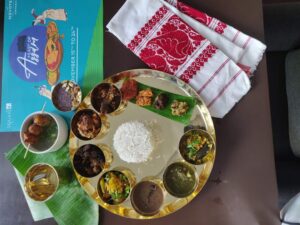
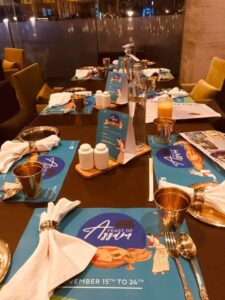
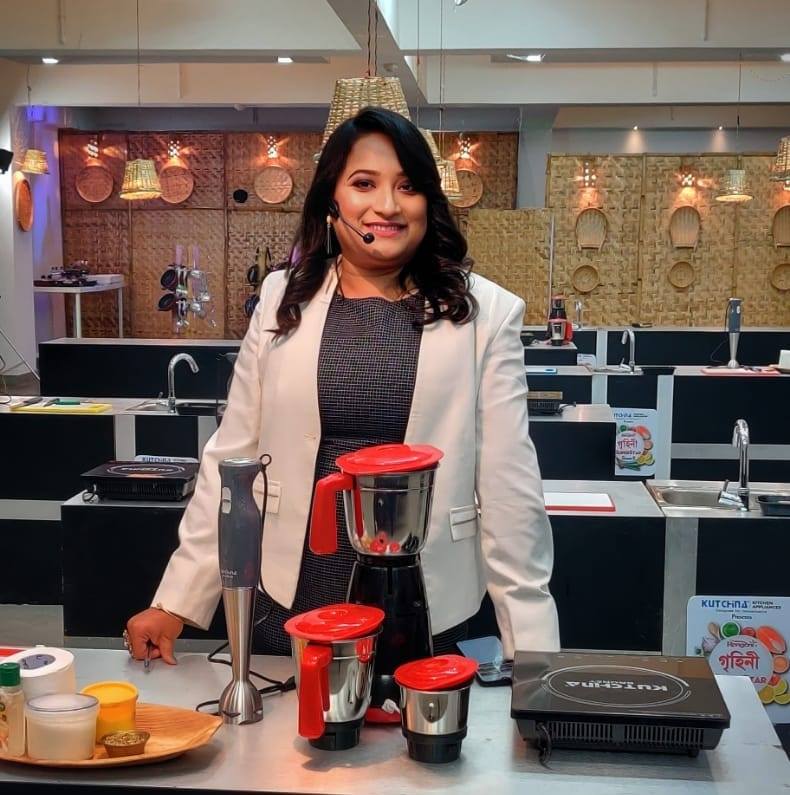




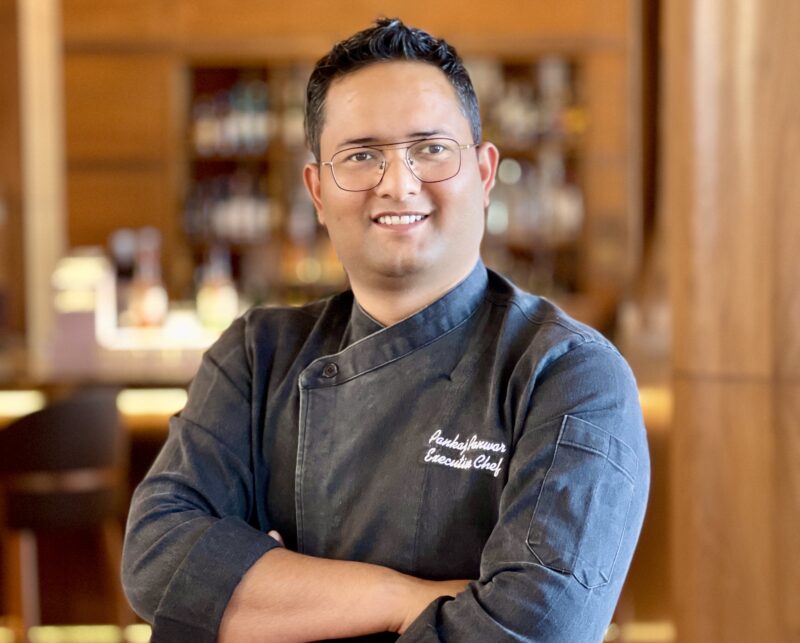
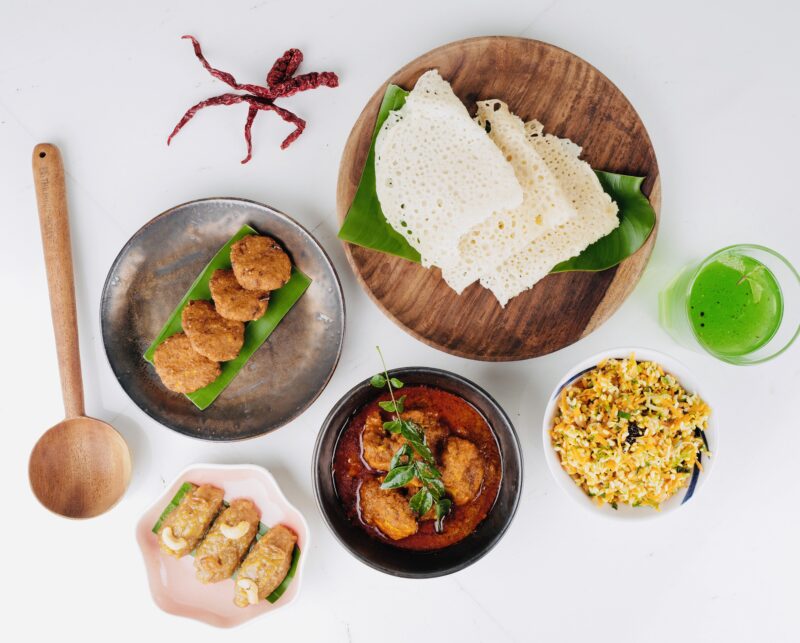
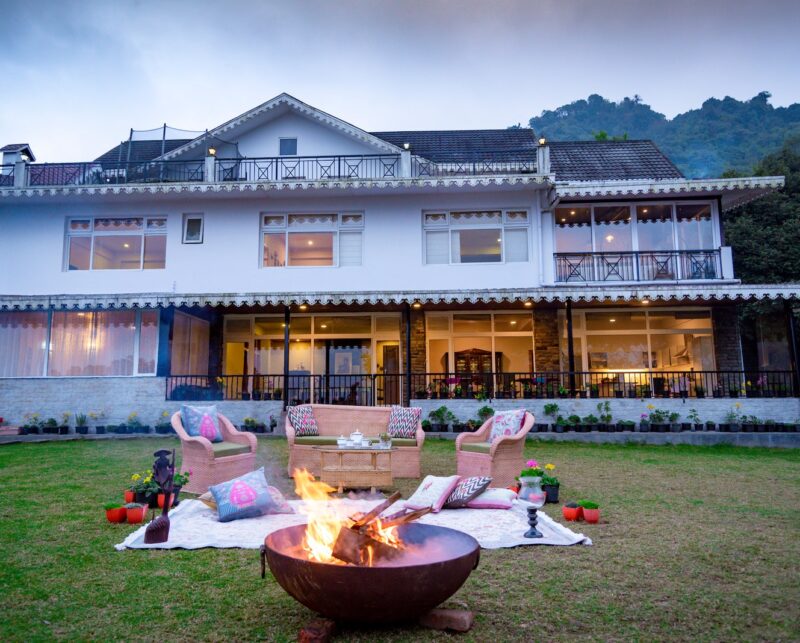
Nice 👍